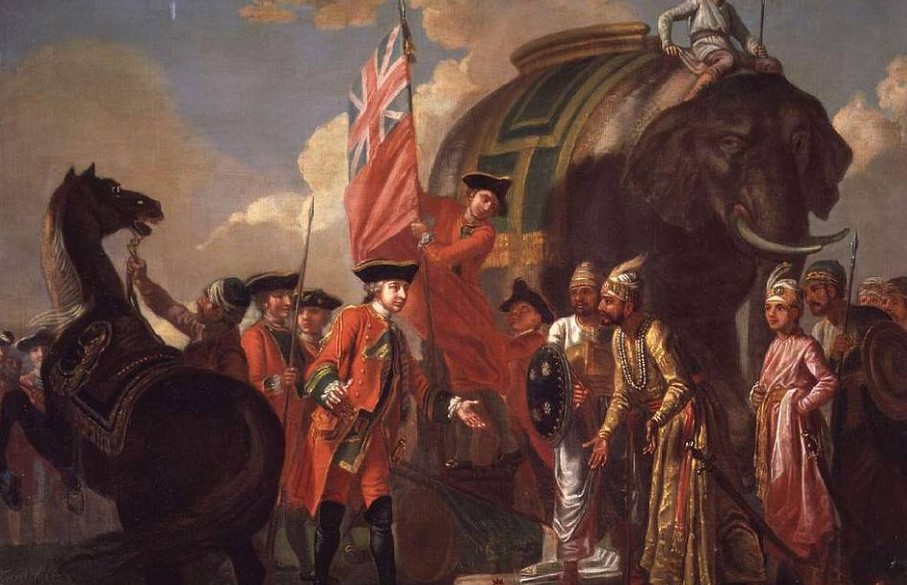Home » Archives for Anand » Page 10
Ancient History of Bihar Part - 7 : Bindusara
Bindusara notes/study material for preparation of BPSC Prelims and Mains and other Bihar state examinations
BPSC Question Bank
BPSC Notes
BPSC Free Test Series
Short Notes
Chapterwise MCQs
Bindusara
- He was Second Ruler of the Mauryan Empire and Son of Chandragupta Maurya .
- His rule started from 297 BC and lasted till 273 BC.
- He is also called as Amitraghata (Slayer of enemies) or Amitrochates in Greek sources.
- He is also called Singhsen or Bindupala in various Jain literature. Jaina text Rajvalli-Katha called him Seemseri.
- Syrian king Antiochus sent Deimachus as his ambassador in the court of Bindusara.
- He had appointed his son, Ashoka as the governor of Ujjain who later became the next king of the Mauryan Empire.
- Bindusara further extended the Mauryan Empire and is believed to have conquered the Deccan up to Mysore.
- The Sangam Tamil literature also mentions the Mauryan invasion of the far south.
- Bindusara supported a religious sect known as Ajivikas.
- Ajivika was one of the nastika or heterodox schools of Indian philosophy. It is believed to have been founded in the 5th century BCE by Makkhali Gosala.
You can study complete ancient history of Bihar in a chapterwise format here : Ancient History of Bihar Chapter-wise notes
You can study complete history of Bihar in a chapterwise format here : History of Bihar Chapter-wise notes
You can study complete study material for BPSC here : Complete BPSC free study material
You can study complete ancient history in a chapterwise format here : Ancient History Chapter-wise notes
You can solve ancient history chapterwise MCQs here : Ancient History Chapter-wise MCQs
You can read all the CivilsCracker Explained articles for Ancient History here : CivilsCracker Explained
You can read all the UPSC free study materials for all subjects here : Free UPSC study materials for all subjects
You can solve chapterwise MCQs for all subjects here : Chapterwise MCQs for all subjects






